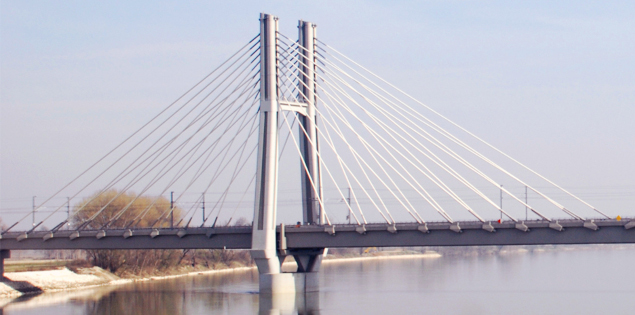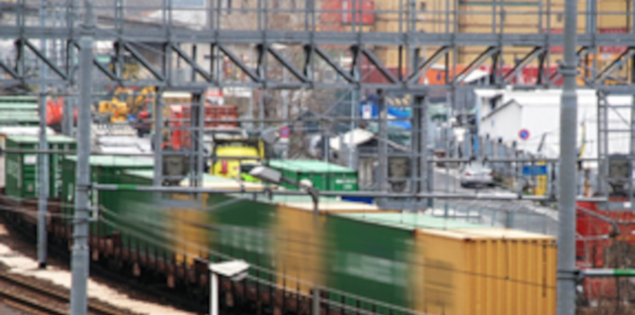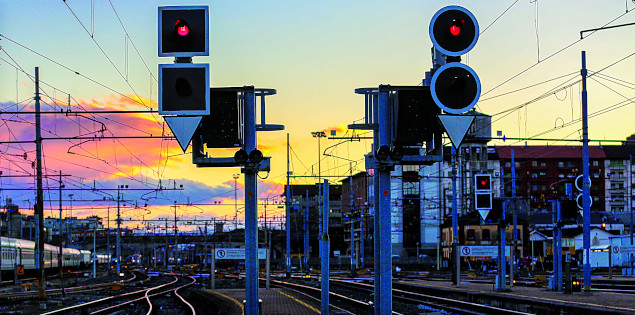What is the Business Plan and what is its purpose?
Guided by the railway infrastructure development strategy defined by the State in the Strategic Document for Rail Mobility (SDFM) - outlining the needs for rail passenger and freight mobility - the Plan describes any relevant planned interventions for development of the network and the objectives, with the aim of ensuring the optimal and efficient use, provision and development of the infrastructure.
The actions and interventions stated in the document have at least one functional implementation phase funded under the 2022-2026 Programme Contract - Investment Section, 2024 update, and, mainly, activation forecast between 2025 and 2029.
Who is it addressed to?
It is addressed to rail transport companies, local authorities and all stakeholders, who can thus better plan their business in relation to transport services, being aware of infrastructure developments in the near future.
Its publication makes all information on the railway infrastructure and its development available and more usable, in line with the provisions of RFI's Industrial Plan.
How is the Plan articulated?
In in order to represent the network development from a customer perspective, the Business Plan illustrates the actions that RFI is setting in place according to three business lines: Local Public Transport, Long Distance and Freight. In line with the digitisation path started in 2023 to make content browsable to stakeholders - completed by publication of the Plan digital version in 2024 - also for the 2025 edition, all Plan contents can be accessed by consulting the web pages, now supplemented with new dashboards to represent the information in ever greater detail.
Video tutorials facilitate the consultation of storymaps and interactive dashboards.
In continuity with the past, the Business Plan is divided into four sections, accessible from the top bar of the website.

► Local Public Transport. With over 16,000 km of network and more than 2,000 access points serving travellers, around 206 million train/kilometre of Local Public Transport were run in 2021. This annual production - amounting to approximately 50% of the circulating volumes on the network operated by RFI - represents the most important traffic segment. With the aim of improving quality standards and breathing new life in the sector, RFI's main actions for the development of the LPT business concern:
- Strengthening rail-road integration
- Increasing hub capacity
- Reducing major interferences between flows
- Speeding up suburban routes
- Developing interchange points in the urban area
- Improving service accessibility in stations, both to Railway Undertakings and to travellers.

► Long Distance. In the current service hours, the high-speed offer is around 400 trains per day. In addition to this offer, there are about 90 trains per day belonging to the National and International Open Access service, and more than 120 trains per day belonging to the Universal service offer, for a total of about 600 trains per day. RFI is committed to increasing the network performance to make the mobility system more competitive through:
- Performance upgrading and development of the HS/HC network
- Speeding up HS antenna sections
- Enhancing major long-distance traffic routes
- Eliminating interference and traffic conflicts
- Upgrading the entire national network to ERTMS
- Connections to major national airports.

► Freight. The freight network has around 160 stations for freight traffic, with 324 terminal facilities connected to it between private sidings, ports and freight villages, plus 28 yards that RFI provides for loading and unloading goods. In recent years, one of the main challenges for the European Union and its Member States has been the modal rebalancing of passenger and freight transport in favour of more sustainable transport systems. In order to improve interconnections between national networks, the European Commission has identified Trans-European Transport Networks (TEN-T), a set of linear (rail, road and inland waterway) and point infrastructures (urban nodes, ports, interports and airports) considered 'relevant' at EU level. Within this framework, in order to generate/attract new traffic and placing our peninsula at the centre of freight flows from the Far East to Central Europe, the freight transport development plan rests on three fundamental pillars:
- Network performance enhancement
- Upgrading major port and land-based logistics terminals
- Widespread strengthening of links with industrial districts.

►National Plans.This new section describes the main development plans that RFI is implementing on the entire network, which have cross-sectoral benefits on the three service businesses:
- Integrated Station Plan;
- Level Crossings Closure Plan;
- Breakthrough Programme;
- ERTMS Implementation Plan;
- SSC-to-SCMT Migration Plan;
- Extra MAP Services Enhancement Plan.